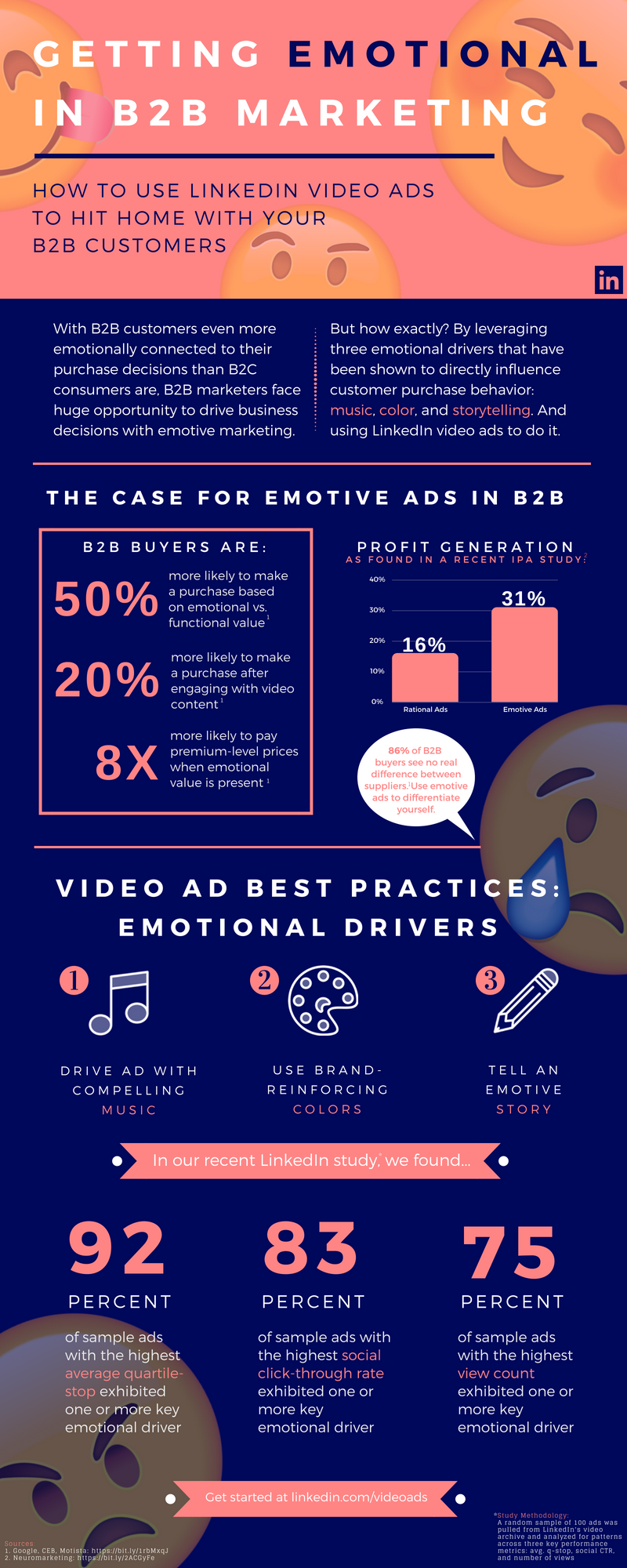What’s on your 2021 marketing wishlist? How about an integrated digital marketing strategy that ditches complexity but boosts sales to incredible heights?
“Impossible,” you say? After all, your company markets its products and services to customers all over the nation – maybe, all over the world.
Making it work is all about having a framework in place that approaches marketing with a step-by-step, organized plan with content marketing at its foundation, as State of Digital’s Morgen Henderson contends. I couldn’t agree more.
A content-based digital marketing strategy starts with your prospects’ and customers’ needs and then meets those needs with timely, targeted content that positions your company as an expert in its field. But not just any expert. One that reaches out to help its customers when they’re drowning in problems.
Start with Audience Data
Take a deep dive into your social and content analytics to see who these people you’re marketing to are. What makes them tick? What keeps them up at night? What do they need to run their businesses at full tilt? Or, if you’re a B2C company that sells directly to consumers, what can you provide to make their lives better?
Creating buyer personas for each target audience segment can help you delve more deeply into your prospects’ and customers’ emotional lives. Looking at what moves your audience on a subconscious level gives you valuable insights into the type of content that can drive their purchasing decision. The statistics say it all:
- B2C buyers: According to research by Harvard Business School’s Gerald Zaltman, emotions make up 95 percent of consumers’ thinking as they weigh a purchase over in their minds.
- B2B buyers: Though the “heartless capitalist” is a favorite target of caricature artists, the truth lies mostly elsewhere. As a 2018 LinkedIn piece pointed out, research shows that B2B decision-makers who find emotional value in your products are 50 percent more likely to buy them. Furthermore, using emotion-laden content in ads targeting B2B buyers pulls in two times the profit as ones based only on facts and logical arguments.

Image Source: LinkedIn
Next, Conduct a Thorough Content Audit
When you assess your past content, you’re looking for several things: whether it addresses your target customers’ needs, at which points along the customer journey it performed best, and if there are audience segments getting short shrift, content-wise.
If you find outdated content, take note and update it to better reach your current audience. As Brain Traffic’s Kristina Halvorson recommends, frequent audits provide your readers with fresh, timely material that performs up to its potential.
Similarly, winnow out your poorly performing pieces. Analyze why they failed to live up to their potential. If they’re redeemable, single them out for a rewrite. Otherwise, relegate them to the digital scrap heap.
Look at the channels your content resides on. Are there new possibilities you can consider? For example, with the rise of podcasts in today’s world, could you update older, evergreen content and repurpose it into a podcast or video?
Identify Your Potential for Expansion
After you’ve taken inventory of your content, look outside that sphere to identify opportunities to expand your reach. Ask the kinds of questions that can tease out new opportunities and potential for improvement, such as:
- Has a new competitor arrived on the scene? Look at ways to differentiate your products and services from theirs.
- Have your operations expanded into new markets? Sit down with your content planning team to brainstorm ways to reach these new customer segments with culturally relevant marketing communication.
- Is a current competitor’s marketing strategy outperforming your brand in a specific area? Use a tool like SEMRush to look at your competitors’ numbers and then brainstorm ways to shore up those areas in which your company lags.
Set Specific, Measurable Goals Aligned with Your Company’s Vision
Just as your content needs periodic audits, so do your goals. Make it a point to meet with your company’s leadership team several times each year to verify that your marketing goals align with your brand’s current direction.
Next, set measurable, achievable marketing goals for the coming quarter that can help your brand achieve its vision. Break down the big numbers the company brass gives you into the kinds of numbers that your teams can relate to.
For instance, if your company’s goal is to increase its revenue by one billion dollars, look at what your marketing teams can do to get there.
Let’s say that you’re a B2B company with an average web traffic sales conversion rate of 2.5 percent. If your average customer spends $100,000 per year, you’ll need to boost your web traffic by 400,000 new audience members. If they convert at the same rate, you’ll get the 10,000 new customers you need to hit your billion-dollar goal.
That’s one way to get there. Improving your conversion rate, too, would boost your numbers. Producing content laser-targeted to each customer segment can improve conversion rates, as can a robust content automation program that gets the content into their hands at the optimum time.
To attract more qualified web visitors, you can identify new market segments – businesses that need your products but aren’t aware of them as of yet. If they’re in a different industry than your current customers, you can build awareness by creating content that shows them how your products can help them solve industry-specific problems.
Or, if they’re in a different region, tailor content to their cultural or linguistic traditions. Turkish Airlines, for instance, did this brilliantly, enlisting the late American basketball player Kobe Bryant in a highly successful marketing campaign that increased its visibility among US business executives. If you’re going for a more youthful market, you could expand your reach into other channels, specifically those that appeal to the Gen Z and millennial demographics.
Tie It All Together with an Aligned Digital Strategy

Even as you expand into new territory, you need to ensure that your overarching story conveys the same brand story across all channels. Aligning your teams with your core message at every touchpoint can do just that.
Break down your departmental silos to enlist the help of sales, customer service, and subject matter experts (such as developers in a software company, doctors in a pharmaceutical company, or engineers in a machine manufacturing facility). Keeping everyone in the loop ensures that your messages will stay consistent and focused on your company’s current goals.
Having a central hub where you can organize all your marketing activities from planning to execution to analyzing the results is an important ingredient in an integrated strategy for all companies. However, for larger companies with a national or global reach, it’s an essential one.
DivvyHQ is an integrated content marketing platform that empowers you to turn the challenges of even enterprise-level marketing into a seamless process. Combining all your marketing processes, including collaboration with other departments, under a single virtual roof, this platform can simplify your life.
Try it for 14 days on our dime to see what it can do to help you integrate your digital strategy. Get started today!